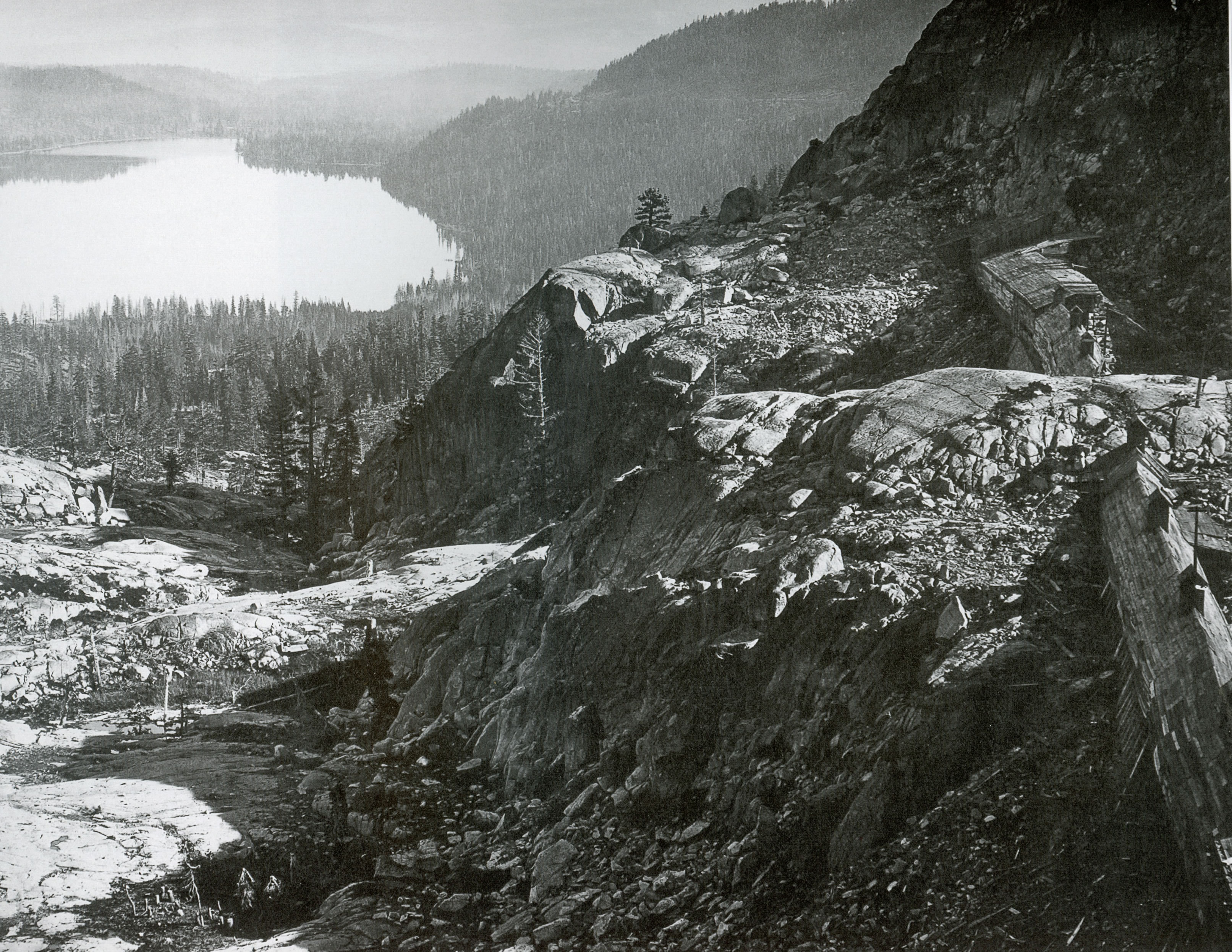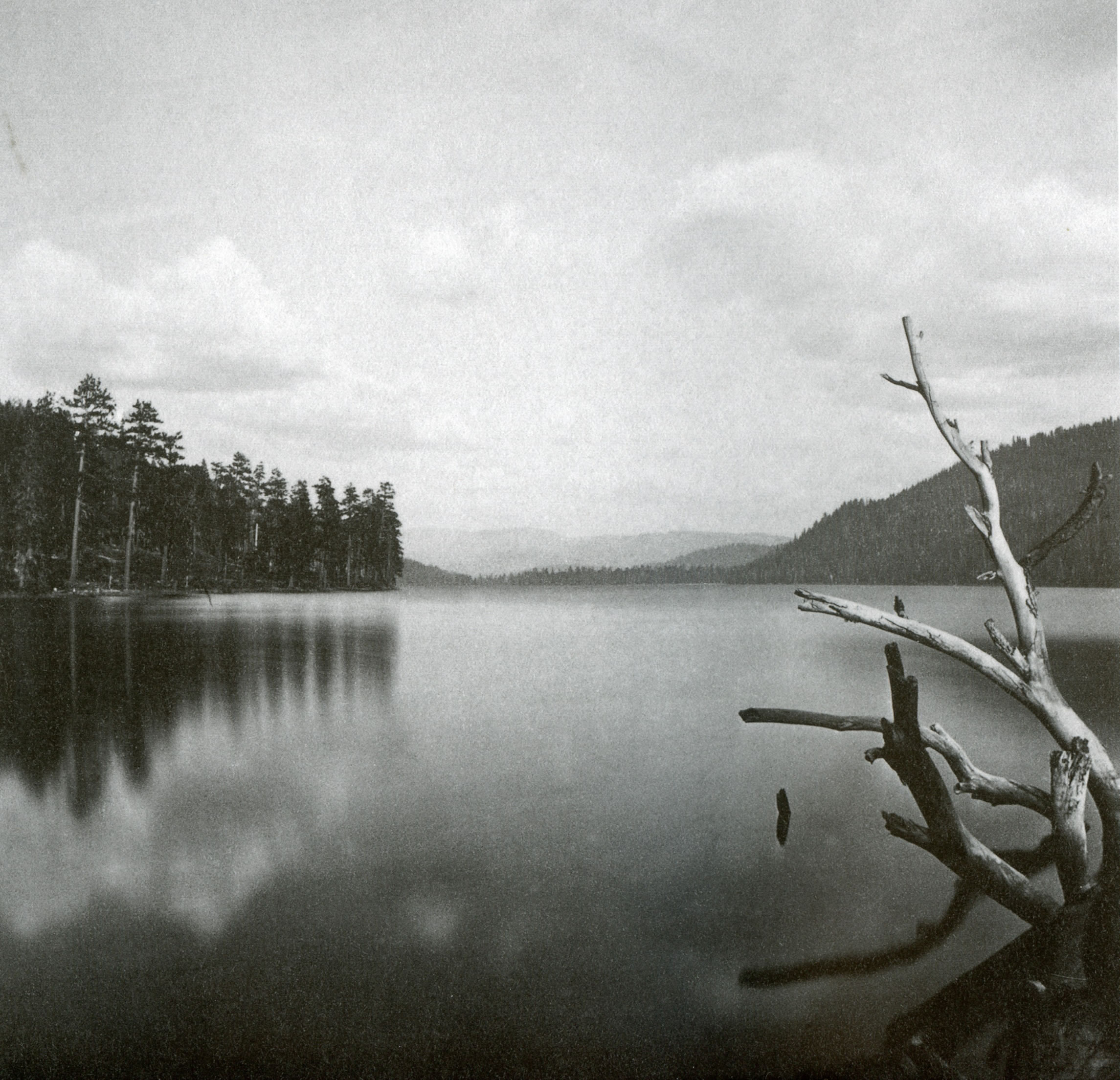Race to Promontory Picturing the First Transcontinental Railroad,
© 2018 Union Pacific 111 pages large format (10.25 x 13.25”)
Ken Burns, Glenn Willumson, and Daniel Davis
Sit down with this picture book of the building of the transcontinental railroad and settle in for an enjoyable couple of hours in a world gone by.
This is a large format picture book, suitable for coffee tables when it’s not occupying you whole lap, produced to celebrate the sesquicentennial of the transcontinental railroad by the Union Pacific. Many of the pictures, all from UP archives, are full page and larger in size. Generally the pictures have wonderful clarity and details, especially in the larger ones, so one does not just flip through them. You stop and look closely, picking out detail on signs, or locomotives, tools, workers, etc. You wonder about the subjects’ lives. What did they think of the greatest engineering achievement of the 19th Century they were building? How did the coming of the railroad change the landscape and change America?
If you are familiar with the construction of the transcontinental railroad you’ve probably seen these pictures but because of the size and quality of the photographic reproductions, the book is a good addition to your library.
 Most of the Central Pacific pictures are by Alfred A. Hart and those of the Union Pacific are by Andrew J. Russell (left, Snowsheds, CPRR,Donner Lake, 1869 #229). There are two short essays about Mr. Hart and Mr. Russell. Some captions give more than just the photographer’s name, title and date. Others are more extensive for example noting that there were 100 tons of track in a mile of rail along with 2500 ties and two to three tons of spikes and connecting plates.
Most of the Central Pacific pictures are by Alfred A. Hart and those of the Union Pacific are by Andrew J. Russell (left, Snowsheds, CPRR,Donner Lake, 1869 #229). There are two short essays about Mr. Hart and Mr. Russell. Some captions give more than just the photographer’s name, title and date. Others are more extensive for example noting that there were 100 tons of track in a mile of rail along with 2500 ties and two to three tons of spikes and connecting plates.
The photographs are not just pictures of the railroad but also scenery along the route such as the one  here, “A scenic view of Donner Lake California 1866” Alfred A. Hart #130 Here the author of the Hart essay, Glenn Willumson says, “Most of the stereographs demonstrate the ways man and machine harness sublime forces of nature – rugged mountains, arid deserts, granite cliffs and heavy snows. Within the sequence, however, the narrative of progress is interrupted by stereographs in which the railroad does not appear and the picturesque beauty of nature is the photos’ primary reason.” In “View on Donner Lake’ “a ragged branch in the lower right corner sets the foreground plane while the pristine mirrored surface of Donner Lake stretches from the foreground to the middle ground forest, jutting into the lake and, finally, to the distant hills beyond. The composition gives equal weight to the sky, in the which the puffy clouds float over the picturesque landscape.”
here, “A scenic view of Donner Lake California 1866” Alfred A. Hart #130 Here the author of the Hart essay, Glenn Willumson says, “Most of the stereographs demonstrate the ways man and machine harness sublime forces of nature – rugged mountains, arid deserts, granite cliffs and heavy snows. Within the sequence, however, the narrative of progress is interrupted by stereographs in which the railroad does not appear and the picturesque beauty of nature is the photos’ primary reason.” In “View on Donner Lake’ “a ragged branch in the lower right corner sets the foreground plane while the pristine mirrored surface of Donner Lake stretches from the foreground to the middle ground forest, jutting into the lake and, finally, to the distant hills beyond. The composition gives equal weight to the sky, in the which the puffy clouds float over the picturesque landscape.”

